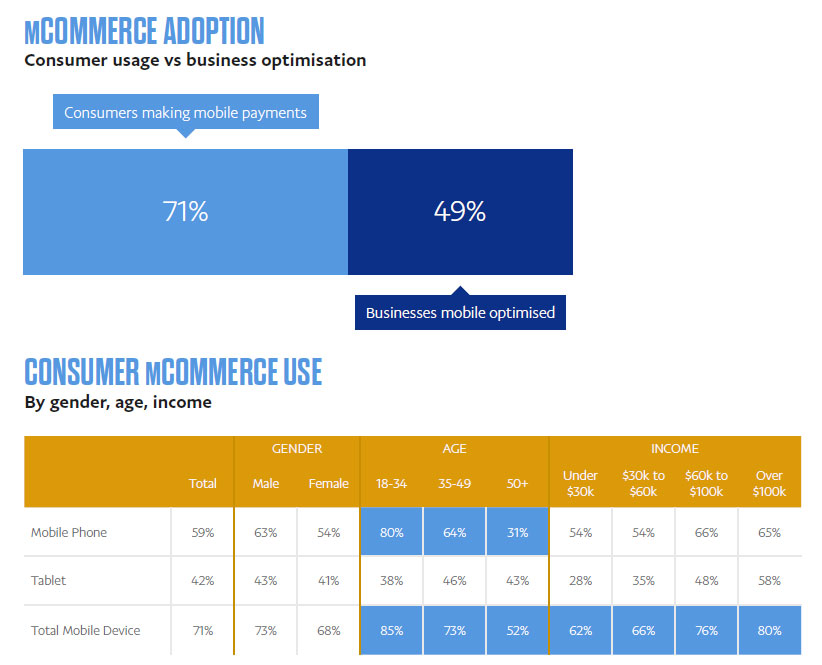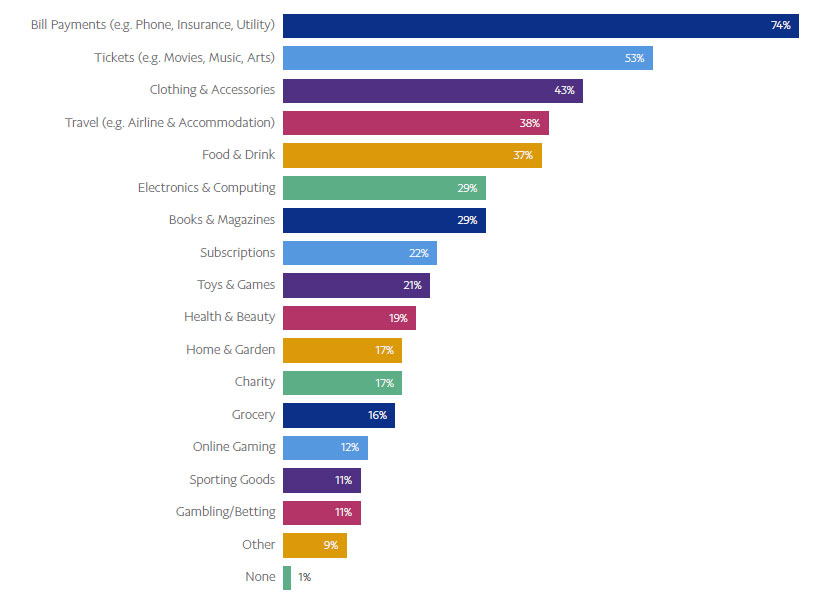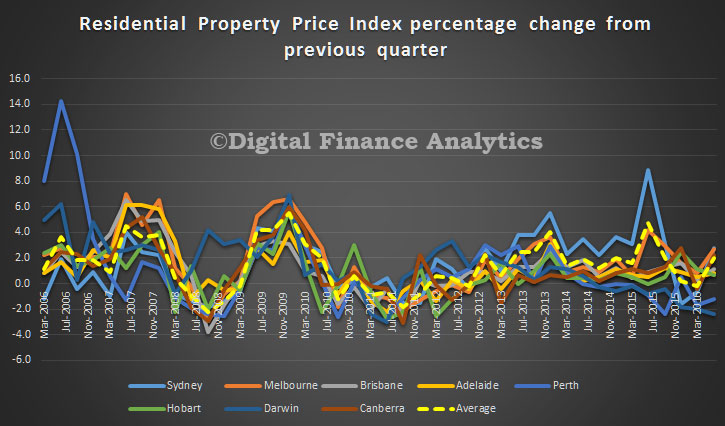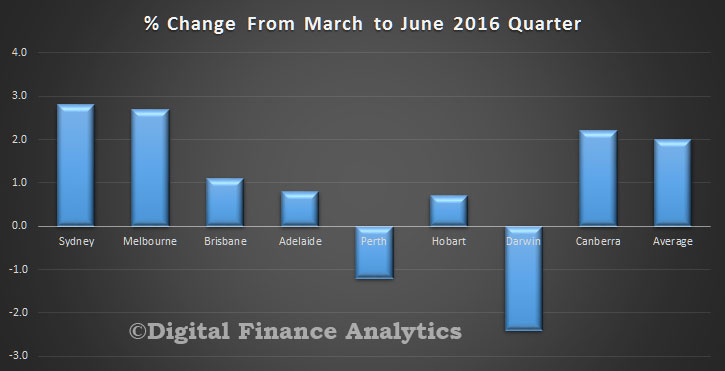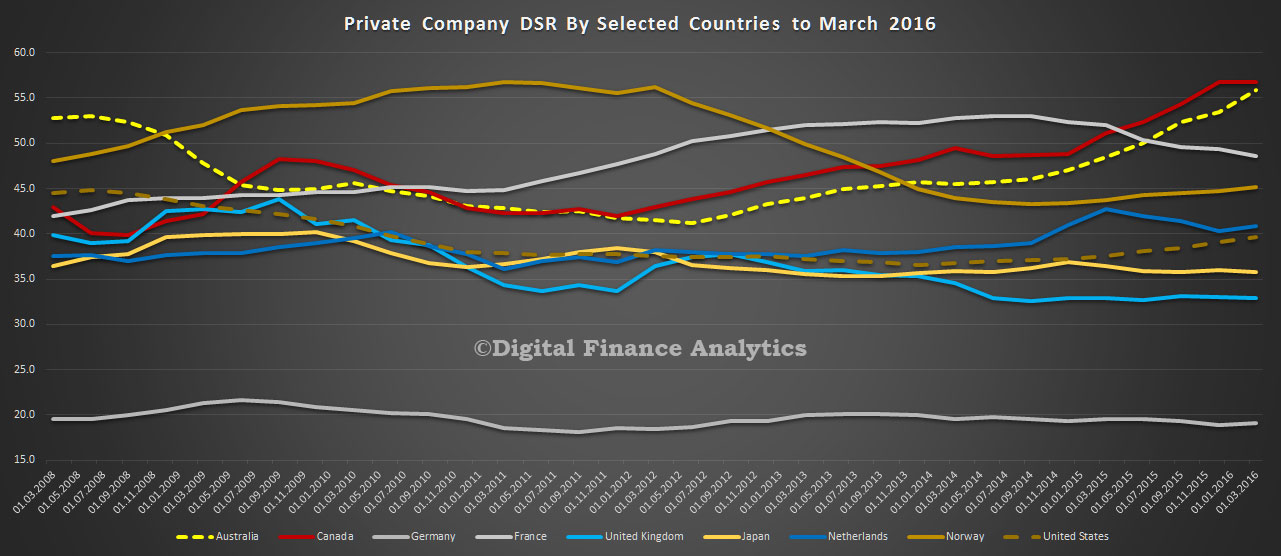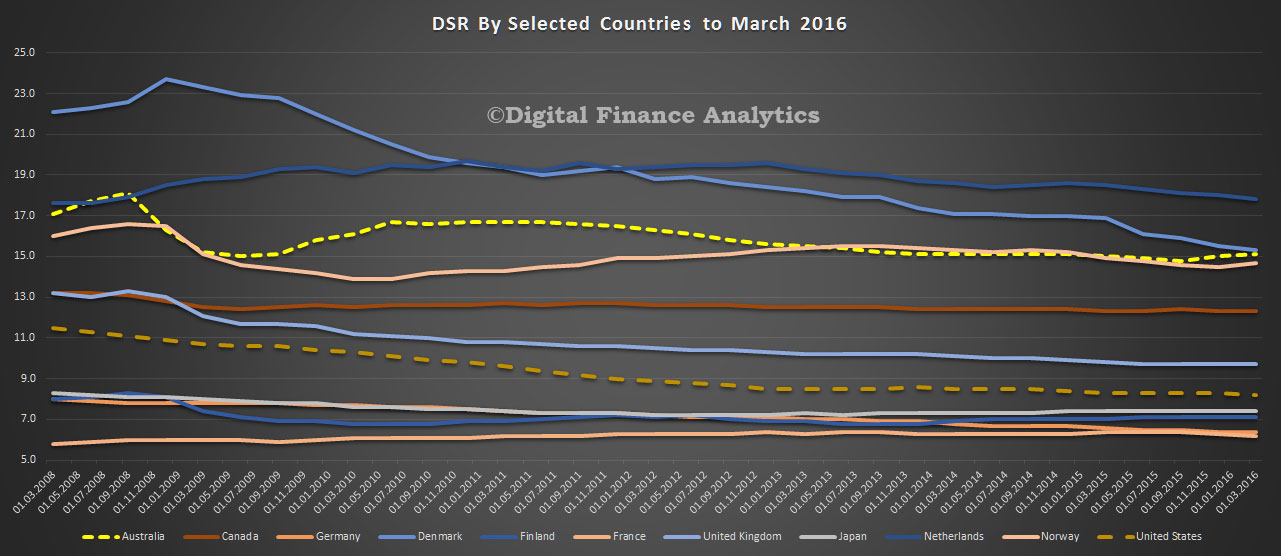The ultra-low interest rates are hitting savers hard. Stephen S. Poloz, Governor, Bank of Canada spoke on this in his speech “Living with Lower for Longer“. He says that low rates do hit savers, at a time when life expectancy has risen, and the only silver lining is that asset prices are inflated by the same low rates; cold comfort indeed.
One group that has certainly been affected by lower for longer is savers, particularly seniors who planned to finance their retirement with interest income generated by a life of working hard to build savings. I have heard from many Canadians who are rightly worried about their ability to live off their savings and who are seeking a return to higher interest rates.
I certainly can sympathize and understand these concerns. Demographic and economic changes, along with the low interest rates that followed the financial crisis, have upended the calculations that many Canadians made in planning for retirement. That is not their fault.
But at the heart of this discussion is the level of the real rate of interest. Having higher nominal interest rates because of higher inflation would not help savers, because higher inflation would just erode the future purchasing power of those savings. Maintaining a low-inflation environment is the Bank’s primary goal. We do this because we’ve seen that it is the best way to help bring about solid, sustainable economic growth. That growth benefits everyone, from business owners looking to expand, to workers looking for employment, to savers looking to protect their savings and find investment opportunities.
In our most recent Monetary Policy Report, in July, we said that our current policy rate setting of 0.5 per cent was consistent with the economy returning to full capacity toward the end of 2017 and inflation returning sustainably to its target. We’ll update our forecast next month, but in our decision on September 7, we indicated that the risks to our projected inflation profile have tilted somewhat to the downside following recent data on investment in both the United States and Canada, and the recent data on our exports. It is quite evident that our economy is still facing strong headwinds, and we need stimulative monetary policy to counteract them and move us closer to full capacity. We also need to watch the full effects of the government’s fiscal stimulus unfold.
However, the decline in the real neutral rate means that any given setting of our policy rate will be less stimulative today than it was a decade or two ago. The current policy rate, while certainly providing monetary stimulus, is not as stimulative as it would have been before the crisis.
By the same token, an immediate rise in our policy rate back to, for example, the 4.25 per cent that prevailed before the financial crisis would represent an extreme tightening of policy and would have significant consequences. This is just another way of saying that low interest rates are actually having big effects today, but the headwinds pushing back on that stimulus remain quite powerful.
For some savers, ultra-low interest rates do have positive effects. In particular, the value of most assets rises when interest rates decline, supporting gains in household wealth. This effect may not be as obvious as the impact of low rates on savings. But lower interest rates generally mean higher stock and bond prices, as well as increases in the value of real estate, which has been another important source of wealth for many savers, particularly seniors.
I realize this may be cold comfort to those people who have to adjust retirement plans to a lower-for-longer world. But the difficult reality is that savers must adjust their plans. That may mean some combination of putting aside more funds, working a little longer than planned or changing the mix of investments. There are no easy answers, particularly for some who have already retired.
Compounding the challenge is the fact that people are now living longer—life expectancy has risen by about 6 years since the early 1980s. I hope you will agree that this is unambiguously good news. But combining longer life expectancy with low interest rates means that a person starting to save today would have to set aside much more to generate the same retirement income as a person who began saving 25 years ago, if both wished to retire at the same age.



